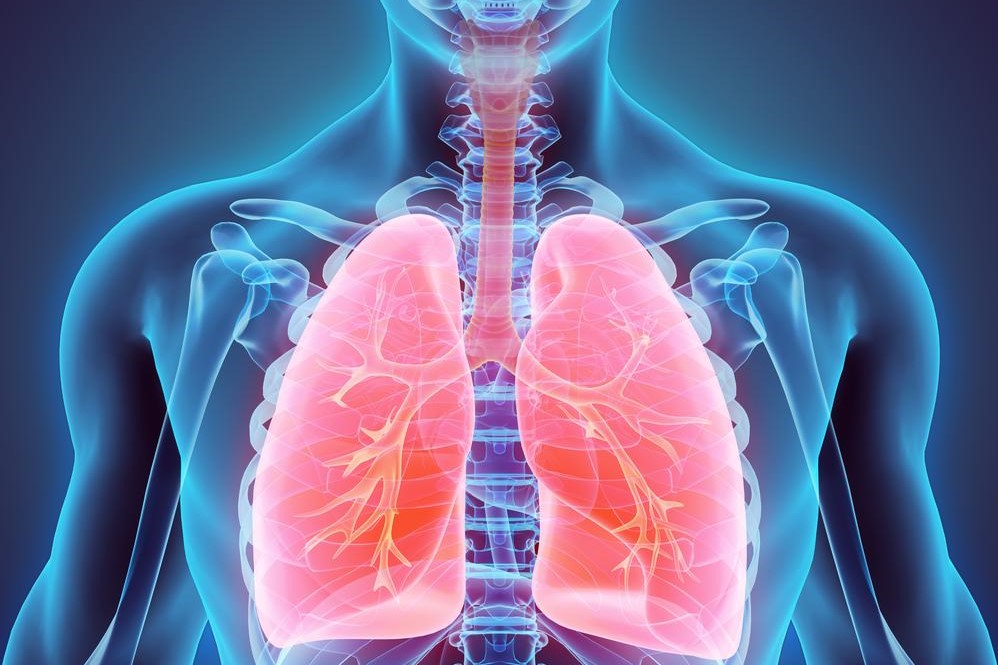Understanding Lung Cancer: Essential Facts and Global Impact
Lung cancer remains one of the deadliest cancers worldwide, responsible for a quarter of all cancer deaths. Early detection significantly improves survival rates, with non-small cell lung cancer being the most common type. Risk factors include smoking, genetic predisposition, and environmental hazards like radon and asbestos. Regular screening and lifestyle changes are crucial for prevention. Globally, lung cancer affects millions annually, with high regional disparities. Understanding these facts can help individuals and health organizations implement better preventive measures and improve patient outcomes.

Lung cancer remains one of the most lethal and prevalent types of cancer around the globe. It accounts for a substantial portion of cancer-related fatalities, surpassing the deaths caused by colon, breast, and prostate cancers combined. Approximately 25% of all cancer-related deaths worldwide are attributed to lung cancer, underscoring its significant health burden. The key to improving survival rates lies in early diagnosis and prompt treatment, which can significantly enhance patient outcomes.
Lung cancer comprises various subtypes, primarily classified into three major groups: non-small cell lung cancer (NSCLC), small cell lung cancer (SCLC), and lung carcinoid tumors. Among these, non-small cell lung cancer is by far the most common, representing approximately 85% of all lung cancer cases. This emphasis on NSCLC is crucial because of its prevalence and the different treatment strategies required compared to other types.
Developing from genetic mutations, lung cancer originates when abnormal cells in the lungs begin to grow uncontrollably. These tumor cells form masses that, in the initial stages, are too small to be detected through routine imaging or physical examination. Over time, as these cells multiply and invade surrounding tissues or spread to other parts of the body (metastasize), tumors become larger and symptoms become more apparent.
The classification of lung cancer depends on tumor size, location, and whether it has spread to lymph nodes or other organs. These factors are vital because they influence prognosis and determine the most appropriate treatment options. Early-stage tumors confined to the lungs can often be treated effectively with surgery or targeted therapies, while advanced cases may require chemotherapy, radiation therapy, or immunotherapy.
Several risk factors contribute to the development of lung cancer, with genetic predisposition playing a role in some cases. Environmental factors, such as exposure to radon gas or asbestos fibers, are also significant contributors. Nevertheless, the leading preventable risk factor remains cigarette smoking. Studies show that most lung cancer cases could be avoided if individuals abstained from smoking or successfully quit smoking.
For individuals over the age of 50, especially those with a history of smoking or exposure to other risk factors, regular screening is vital. Current guidelines recommend undergoing low-dose computed tomography (LDCT) scans at least twice a year to detect early signs of lung cancer. Early detection substantially improves the chances of successful treatment and survival.
Globally, lung cancer accounts for about 14% of all newly diagnosed cancer cases. The incidence varies by gender, with men slightly more affected than women, reflecting historical smoking patterns. Men have a roughly 1 in 14 lifetime risk of developing lung cancer, whereas women face about 1 in 17. Smoking amplifies this risk significantly—by approximately 23 times in men and 13 times in women—highlighting the critical importance of smoking cessation.
Racial and age disparities are evident in lung cancer statistics. For instance, black men are approximately 20% more likely to develop lung cancer compared to white men. Most cases are diagnosed in older adults, typically over 65 years of age, with less than 2% occurring in people younger than 45. These patterns reinforce the importance of targeted screening and prevention efforts in high-risk populations.
Regionally, lung cancer remains the leading cancer among both men and women worldwide. Back in 2012, records indicated nearly 1.8 million new cases and approximately 1.6 million deaths caused by the disease. Specific countries exhibit notably high prevalence: Hungary and Serbia report the highest rates among men, while Denmark, Canada, and the United States lead among women. These statistics emphasize the global burden of lung cancer and the need for comprehensive health strategies aimed at prevention, early detection, and effective treatment. Continued research and public health initiatives are essential to reduce the incidence and mortality associated with this formidable disease.





